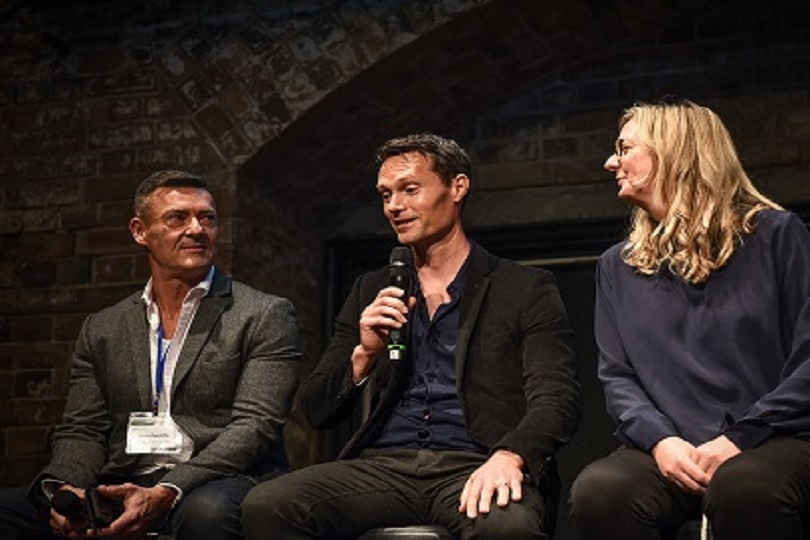Retailers weigh in on the challenges of AI

While certain retailers are diving headfirst into utilising artificial intelligence, most are still in the beginning stages of committing to a largely unknown technology, according to retailers speaking on a panel last week at Emarsys’ Evolution event in Sydney.
Tunc Bolluk, regional director of APAC for Return Path, said that most brands they deal with are only just starting to adopt AI, and are really still at an early to mid level of performance from the technology.
This was echoed by the remaining panelists: National Tiles chief digital officer Lynna Barrett, Catch Group chief marketing officer Ryan Gracie, and Retail Apparel Group head of digital tech and innovation Peter Ratcliffe.
“At the moment, we’re testing a whole lot of AI, we’re trying to find the right system and the right providers, and we’re trying to use our data and make sure it works,” Gracie said.
Ratcliffe said Retail Apparel Group was at about the same level, and has a lot of technology in place, but is in the stages of learning how to use it now.
“We have a lot of learning to do, a lot of trials to do. We’re testing things across the web, across email,” Ratcliffe said.
Barrett said she believed National Tiles was doing really well in the space, noting that it leverages the latest technology it can. However, much of this comes down to National Tiles’ account-based customer system, Barrett said.
“I think retailers with brick-and-mortar stores, they don’t have the concept of a customer account set up in their ERPs [Enterprise Resource Planning],” Barrett said.
“Not a lot has changed [in the last 10 years], so loyalty programs have probably been the main way that most people at bricks-and-mortar stores have been able to capture customer details, and get to know them.
“I think that’s a big challenge of AI.”
Ratcliffe agreed, stating that collecting data had been the biggest challenge for Retail Apparel Group in terms of utilising its AI technologies.
“We don’t have a loyalty program, so there’s no incentive for someone to hand over a loyalty card to give us their data when they’re buying something – it’s up to store staff to collect it,” Ratcliffe said.
“If they don’t want to collect it, or they forgot, then we’ve missed out on the purchase history of that person. True personalisation then can’t happen, because we know nothing about what that person has bought.”
One way Retail Apparel Group has been utilising AI is based on a user’s browser behaviour. Recommendations for further purchases will come up based on what the user has been browsing online, rather than what other customers has purchased with the item they are buying.
“It’s showing you things that you’re actually interested in, and we noticed the sales from these recommendations has gone up 30 per cent just based on that browser behaviour, which is amazing,” Ratcliffe said.
Gracie noted that Catch Group had created something similar in a ‘notify me’ feature on the website. While its explicit function is to allow a customer that wants a certain product which is out of stock to be notified when it will be back in stock, it serves a secondary function as well.
“[Using that], we can send an email with something that is very similar to the that they like. It gives us a reason to talk to them, and go back to them with something that is relevant and contextual, but not exclusively the they are after,” Gracie said.
However, for Catch Group, the biggest issue it faced when implementing AI was the data that was being fed to it.
“Initially we were feeding it with really bad data, so you’re going to get bad results,” Gracie said.
“Now, we’ve fine-tuned our data, and we’re feeding it the right data… the machine is only as good as the data that you feed into it.”
Comment Manually
You must be logged in to post a comment.

No comments